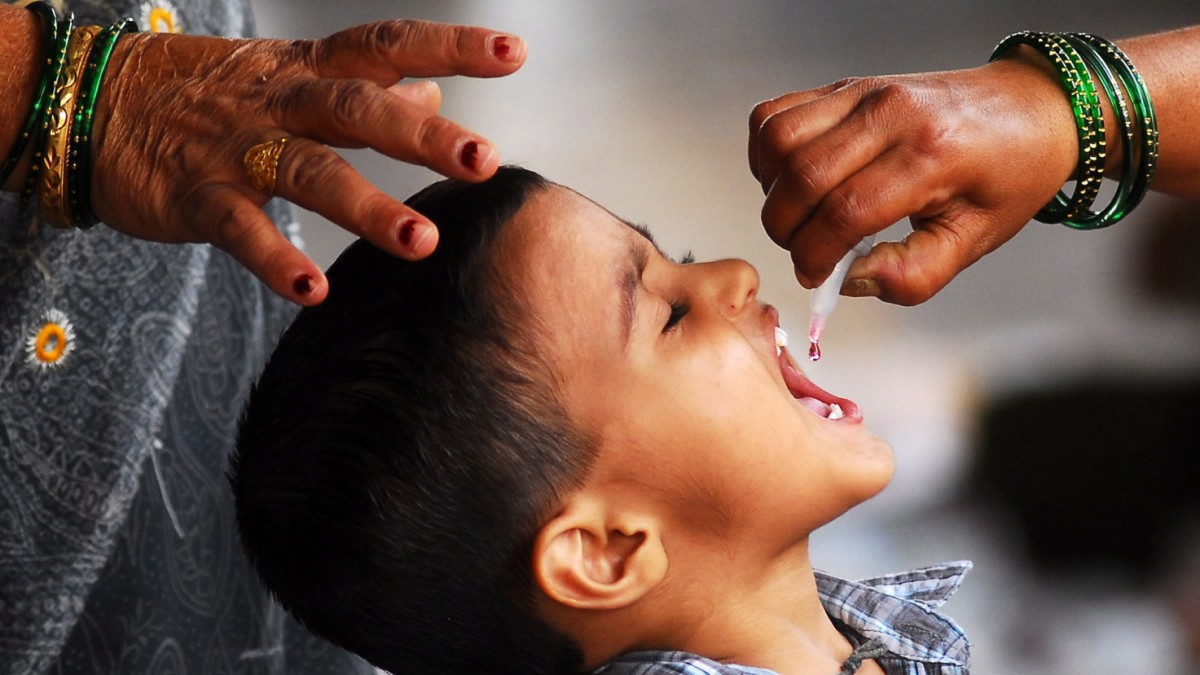The cheetah has been considered extinct in India for 70 years. Now the Indian government wants to bring the big cat back to the country – and has brought in eight animals from Namibia. The project is controversial.
They were hunted and captured, their habitat became increasingly restricted and their prey increasingly rare: in 1952, India declared the species of cheetah that lived there extinct.
Over the following decades there was a repeated desire to relocate cheetahs to India. In 2020, India’s Supreme Court approved based on an attempt to reintroduce African cheetahs to a “carefully selected site” in the country. Now there is a first try.
One month quarantine
Eight animals from Namibia were brought to India. Prime Minister Narendra Modi released them into a quarantine compound. More than 200 deer, gazelles and antelopes also live in the area of more than five square kilometers as prey.
After a month of quarantine, the cheetahs must find their new home in Kuno National Park in the central state of Madhya Pradesh.
Indian Prime Minister Narendra Modi observes the cheetahs in their quarantine enclosure.
First of all intercontinental moving house
Five females of reproductive age and three males are included, says Laurie Marker, director of the Namibian Cheetah Conservation Fund.
The animals traveled 9,000 kilometers by plane. This is the first time that cheetahs have been transferred from one continent to another.
Cheetahs were reintroduced to Malawi in 2017 after disappearing there in the 1980s. Since then, four animals have grown to 24.
Critics warn “involuntary consequences”
However, the relocation of animal species always carries risks. Critics have warned that the animals will struggle to adapt to India’s natural environment.
Mayukh Chatterjee of the International Union for Conservation of Nature also pointed to possible “unintended consequences”. For example, one may wonder how the regulation will affect other carnivores such as hyenas and prey such as birds.
The cheetahs were brought to the quarantine compound in India in transport cages.
About half of the animals could die
It is not uncommon for around half of the animals to die, says Yadvendradev Jhala, involved in the project on the Indian side.
“It will take time to re-establish a viable population, probably five to ten years,” says Marker of the Namibian Cheetah Conservation Fund. However, the project is an “extremely important step in the right direction”.
genetic differences
African cheetahs differ genetically from Asian cheetah subspecies, albeit slightly. The chances that they can adapt to living conditions in India are high, says Marker: “A team of experts from around the world worked on the relocation. The subspecies are very similar and the cheetah is very adaptable. The benefits outweigh the risks.”
There are about 7,100 cheetahs left in the world, including 6,600 in Africa. The only wild Asian cheetahs are found in Iran – with a population of less than 30 animals.

“Unable to type with boxing gloves on. Web maven. Infuriatingly humble creator. Typical tv specialist. Music aficionado. Proud explorer.”







